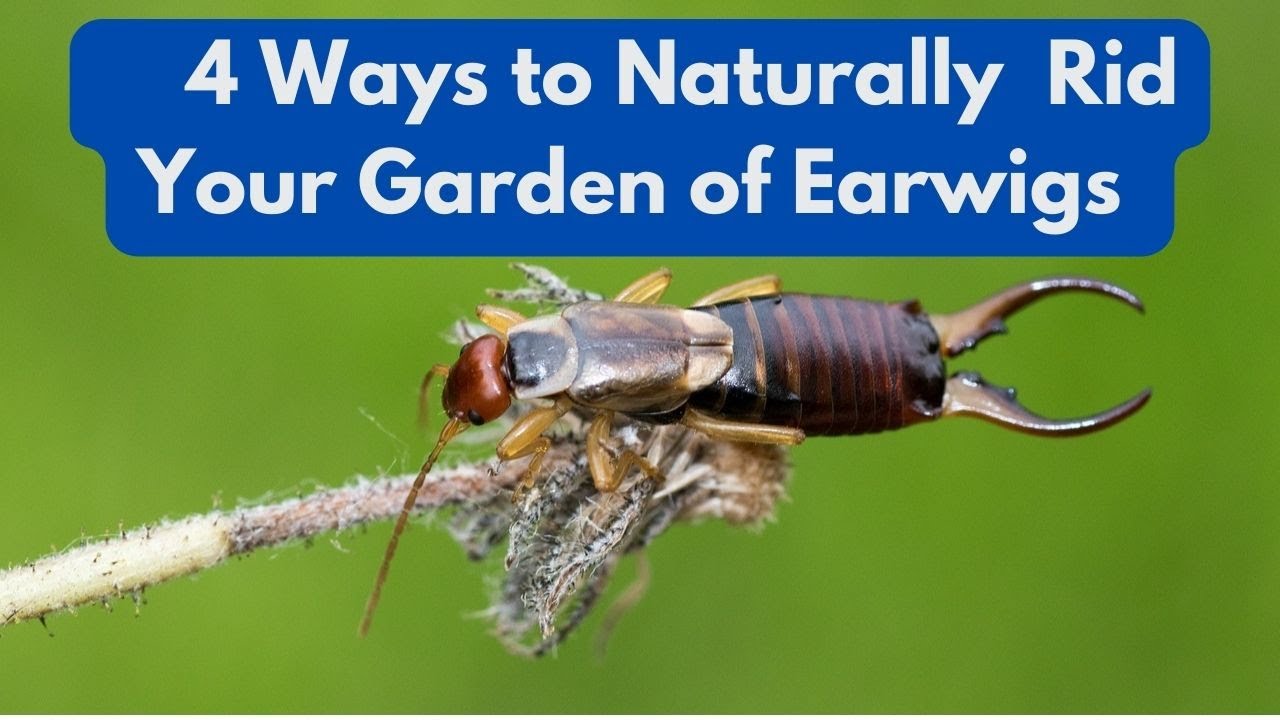Introduction
Earwigs are common garden pests that can cause significant damage to plants if left uncontrolled. These nocturnal insects feed on leaves, flowers, and fruits, leading to unsightly holes and weakened plants. Controlling earwigs in your garden is essential to maintain healthy vegetation and ensure a thriving outdoor space. In this article, we will explore expert-approved methods to identify, manage, and prevent earwig infestations using safe and effective techniques.
Understanding Earwigs and Their Behavior
What Are Earwigs?
Earwigs are small, elongated insects recognizable by their pincers (cerci) at the rear. They thrive in moist, dark environments and are primarily active at night. Although they feed on decaying organic matter, they can also nibble on live plants, especially soft leaves and flowers.
Why Are Earwigs Problematic in Gardens?
While earwigs can be beneficial by consuming other pests, their population sometimes grows unchecked, leading to damage. They chew irregular holes in leaves and petals, which can stunt plant growth and reduce crop quality.
Identifying Earwig Damage in Your Garden
Recognizing earwig damage early helps prevent widespread harm. Look for:
- Irregular holes or notches on leaves and flower petals.
- Chewed edges on seedlings and tender plants.
- Presence of slimy, brownish droppings near affected plants.
- Earwigs themselves hiding under mulch, stones, or garden debris during the day.
Natural and Chemical Control Methods
Non-Toxic Control Techniques
-
Handpicking: Since earwigs are nocturnal, inspect your garden after dusk and remove them manually.
-
Traps: Set up traps using rolled-up newspapers, cardboard tubes, or shallow containers filled with vegetable oil or soy sauce. Check and empty traps daily.
-
Encourage Natural Predators: Birds, toads, and beneficial insects such as ground beetles prey on earwigs. Creating a wildlife-friendly garden supports these predators.
-
Reduce Shelter: Clear away debris, mulch piles, and leaf litter where earwigs hide during daylight.
Chemical Control Options
If an infestation is severe, consider targeted insecticides labeled safe for garden use. Apply insecticidal soaps or products containing pyrethrins according to manufacturer instructions. Always prioritize minimal impact on beneficial insects.
Preventative Measures to Keep Earwigs at Bay
Garden Hygiene
Maintaining a clean garden limits earwig habitats:
– Remove decaying plant matter regularly.
– Avoid excessive mulch layers that retain moisture.
Proper Watering Practices
Earwigs thrive in damp environments. Water plants in the morning to allow soil surface drying by evening.
Plant Selection
Some plants naturally repel earwigs, such as:
– Lavender
– Garlic
– Chrysanthemums
Incorporate these plants to deter earwigs naturally.
Expert Tips and Real-World Insights
According to entomologist Dr. Sarah Green, “Integrated pest management combining habitat modification and natural predation offers the most sustainable earwig control.” A case study from a community garden in Oregon showed a 60% reduction in earwig damage after implementing trap systems and removing excess mulch.
Conclusion
Controlling earwigs in your garden requires a combination of identification, monitoring, and employing both natural and, if necessary, chemical methods. By understanding earwig behavior and adopting preventative measures like habitat management and encouraging predators, gardeners can protect their plants effectively. Remember, maintaining garden hygiene and using eco-friendly solutions not only controls earwigs but also promotes overall garden health. Start implementing these strategies today to enjoy a vibrant, pest-managed garden tomorrow.
